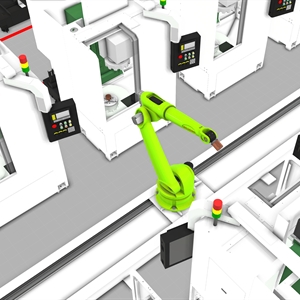Tech innovation insufficient for UK to reach net-zero target
Professor Dame Theresa Marteau, who is director of the behaviour and health research unit at the University of Cambridge, is heading calls for systemic behavioural change to mitigate climate change. Dame Theresa and her colleagues state that technological innovation will not be sufficient for the UK to reach its goal of net-zero greenhouse gas emissions by 2050, in line with the Paris Agreement. Reaching net-zero CO2 by 2050 at the latest is critical to keeping global warming within 1.5°C, but experts warn that the world is not nearly on track to reach this target. The UK, for example, though among the first to set a legally binding target of net zero by 2050, has so far fully implemented just 11 of 92 policy recommendations from the independent climate change committee and is not on track…























